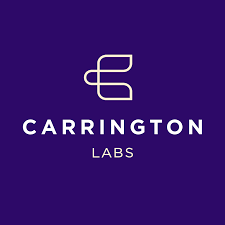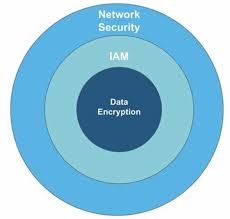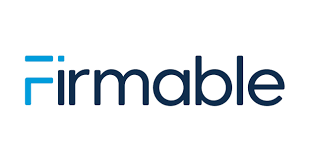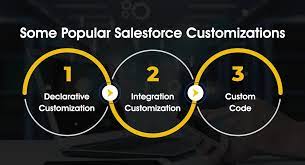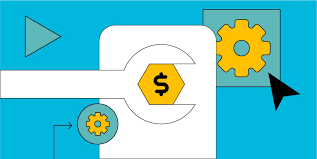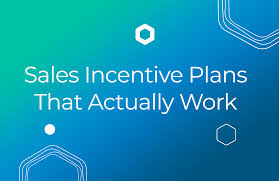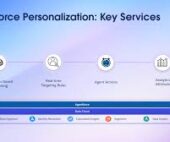Improving healthcare delivery remains a critical focus for hospitals and health systems as they grapple with challenges like chronic disease management and health equity. Central to this effort is the effective use of data from patients’ journeys, necessitating digital transformation through technologies such as electronic health records (EHRs), wearable devices, and artificial intelligence (AI). While these technologies offer significant benefits, they also present challenges that can complicate digital transformation efforts. Dr. Sowmya Viswanathan, Chief Physician Executive at BayCare, recently shared insights on these challenges and BayCare’s strategies for overcoming them in an interview with Healthtech Analytics. The Digital Transformation Landscape The healthcare digital transformation landscape is distinctive, marked by slow technology adoption. The COVID-19 pandemic accelerated the use of remote patient monitoring and telehealth, demonstrating the advantages of new technologies in reducing administrative workload and automating routine tasks. Dr. Viswanathan observed, “Exploring AI’s potential to streamline administrative workflows and personalize patient care highlighted its value. Integrating AI into health systems to improve interoperability received strong support from physicians and nurses.” AI holds promise for enhancing productivity and reducing clinician burnout. However, healthcare organizations face several hurdles in adopting AI: BayCare’s Approach to AI-Driven Transformation Despite these challenges, BayCare is committed to harnessing AI and digital transformation to enhance patient care and operational efficiency. Dr. Viswanathan stated, “We are dedicated to continuously evaluating AI technology for its potential to reduce healthcare costs and improve outcomes.” BayCare’s approach focuses on complementing human efforts with AI tools rather than replacing them. The health system has invested in various AI initiatives, including voice-based AI assistants for primary care visit summaries, generative AI chatbots for COVID-19 triage, and sepsis identification technology. Evaluating AI tools involves assessing their impact on patient outcomes, operational efficiency, and patient satisfaction. BayCare aims to improve clinical outcomes and measure the effects of new technologies before committing to further investments. “We assess a tool’s value by comparing its costs with its potential benefits,” Dr. Viswanathan explained. “Patient satisfaction and financial performance are key indicators.” Strategic partnerships and stakeholder engagement are vital for successful digital transformation. “Partnerships help us track progress, gather feedback, and adjust our strategies as needed,” Dr. Viswanathan concluded. “Clear goals and defined outcomes are essential for ensuring pilot projects deliver a return on investment.” Future Directions and the Role of AI The Center for Digital Health and Artificial Intelligence at Johns Hopkins Carey Business School recently hosted the 14th Annual Conference on Health IT and Analytics, bringing together leading researchers, policymakers, and industry experts to discuss the future of digital health and AI. Ritu Agarwal, co-director of CDHAI and conference co-chair, highlighted the conference’s role in advancing understanding of health IT and analytics strategies. “CHITA serves as a critical platform for fostering collaboration among academia, government, and industry to drive impactful innovations in business and policy.” Gordon Gao, co-director of CDHAI and CHITA conference co-chair, emphasized the need for equity considerations in AI design. “Without intentional design informed by diverse perspectives, we risk amplifying societal biases and exacerbating health disparities.” Innovations and Insights The conference featured 70 research presentations on topics such as telemedicine, algorithmic bias, health disparities, online platforms, and AI implementation in clinical settings. Joan Horenstein, managing director at Accenture Federal Services, underscored the importance of data-driven design in realizing AI’s potential. “Data domain-driven design is incredibly powerful and adaptable,” she said. “Capabilities that enhance data understanding and anomaly detection are crucial.” David Sontag, Professor of Electrical Engineering and Computer Science at MIT and CEO of Layer Health, discussed the use of Large Language Models (LLMs) to improve patient-clinician interactions. “We have a unique opportunity to enhance patients’ understanding of their health data,” Sontag noted, focusing on simplicity and patient validation. A panel discussion on human capital explored AI’s impact on healthcare labor markets and education. Laurie Buis from the University of Michigan emphasized the need for thoughtful transformation of clinical processes and roles. “Understanding how to train people for new technologies and processes is crucial for realizing AI’s full potential,” she said. Looking Ahead Aneesh Chopra, president of CareJourney and former U.S. CTO, reflected on progress made in digitizing medical records and improving data interoperability. Chopra envisions a future where generative AI provides hyper-personalized healthcare guidance, akin to TurboTax’s approach to taxes. However, he cautioned that diminishing public trust could hinder the sharing of personal data essential for AI innovation. “It is crucial for system designers to restore trust,” Chopra stressed. As AI and digital health continue to evolve, forums like CHITA are instrumental in addressing the potential and challenges ahead. By fostering collaboration and sharing cutting-edge research, CHITA is paving the way for a future where technology and data enhance healthcare access, experience, and outcomes for all. AI’s Transformative Potential in Healthcare AI is emerging as a transformative force in healthcare, with potential applications spanning clinical decision-making, hospital management, medical image analysis, and patient monitoring through wearables. This review explores AI’s impact on various healthcare domains, examining case studies and discussing the challenges and solutions associated with AI integration. AI’s ability to enhance diagnostics, optimize operations, and refine patient care highlights its transformative potential. However, careful validation, ethical considerations, and ongoing monitoring are essential to ensure AI’s accuracy and effectiveness. AI is set to complement rather than replace the human element in healthcare, empowering physicians and improving patient outcomes. By prioritizing ethical standards, equity, and a patient-centered approach, AI can drive meaningful advancements in healthcare. Content updated February 2025. Like Related Posts Salesforce OEM AppExchange Expanding its reach beyond CRM, Salesforce.com has launched a new service called AppExchange OEM Edition, aimed at non-CRM service providers. Read more The Salesforce Story In Marc Benioff’s own words How did salesforce.com grow from a start up in a rented apartment into the world’s Read more Salesforce Jigsaw Salesforce.com, a prominent figure in cloud computing, has finalized a deal to acquire Jigsaw, a wiki-style business contact database, for Read more Service Cloud with AI-Driven Intelligence Salesforce Enhances Service Cloud with AI-Driven Intelligence Engine Data science and analytics



